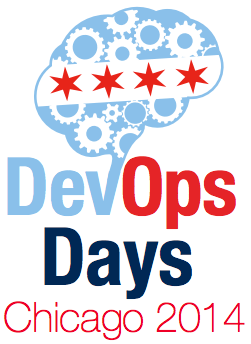If you haven’t already gotten in to the habit of linting your Dockerfiles you should. Code linting is a common practice in software development which helps find, identify and eliminate issues and bugs before they are ever able to become a problem. One of the main benefits of linting your code is that it helps identify and eliminate nasty little bugs before they ever have a chance to become a problem.
Taking the concept of linting and appyling it to Dockerfiles gives you a quick and easy way to identify errors quickly before you ever build any Docker images. By running your Dockerfile through a linter first, you can ensure that there aren’t any structural problems with the logic and instructions specified in your Dockerfiles. Linting your files is fast and easy (as I will demonstrate) and getting in the habit of adding a linting step to your development workflow is often very useful because not only will the linter help identify hidden issues which you might not otherwise catch right away but it can potentially save hours of troubleshoot later on, so there is some pretty good effort to benefit ratio there.
There are serveral other Docker linting tools around:
But in my experience, these tools have either been overly complicated, don’t detect/catch as many errors and in general just don’t seem to work as well or have as much polish as Hadolint. I may just have a skewed perspective of these tools but this was my experience when I tried them, so take my evaluation with a grain of salt. Definitely let me know if you have experience with any of these tools, I may just need to revisit them to get a better perspective.
With that being said, Hadolint offers everything I need and is very easy to use and get started with and makes linting your Dockerfiles is trivially easy, which counts for the most points in my experience. Another bonus of Hadolint is that the project is fairly active and the author is friendly, so if there are things you’d like to see get added, it shouldn’t be too hard to get some movement on. You can check out the project on Github for details about how to install and run Hadolint.
Below, I will go over how to get setup and started as well as some basic usage.
Install
If you use Mac OS X there is a brew formula for installing Hadolint.
brew update brew install hadolint
If you are a Windows user, for now you will have to run Hadolint from within a Docker conainer.
docker run --rm -i lukasmartinelli/hadolint < DockerfileIf you feel comfortable with the source code you can try building the code locally. I haven’t attempted that method, so I don’t have instructions here for how to do it. Go check out the project if you are interested.
Usage
Hadolint helps you find syntax errors and other mistakes that you may not notice in your Dockerfiles otherwise. It’s easy to get started. To run Hadolint run the following.
hadolint Dockerfile
If there are any issues, Hadolint will print out the rule number as well as a blurb describing what could potentially be wrong.
DL4000 Specify a maintainer of the Dockerfile L1 DL3007 Using latest is prone to errors if the image will ever update. Pin the version explicitly to a release tag. L3 DL3013 Pin versions in pip. Instead of `pip install <package>` use `pip install <package>==<version>`
As with any linting tool, you will definitely get some false positives at some point so just be aware of items that can potentially be ignored. There is an issue open on Github right now to allow Hadolint to ignore certain rules, which will help eliminate some of the false positives. For example, in the above snippet, we don’t necessarily care about the maintainer missing so it will be nice to be able to ignore that line.
Here is a complete reference for the all of the linting rules. The wiki gives examples of what is wrong and how to fix things, which is very helpful. Additionally, the author is welcoming ideas for additional things to check, so if you have a good idea for a linting rule open up an issue.
That’s it for now. Good luck and happy Docker linting!


